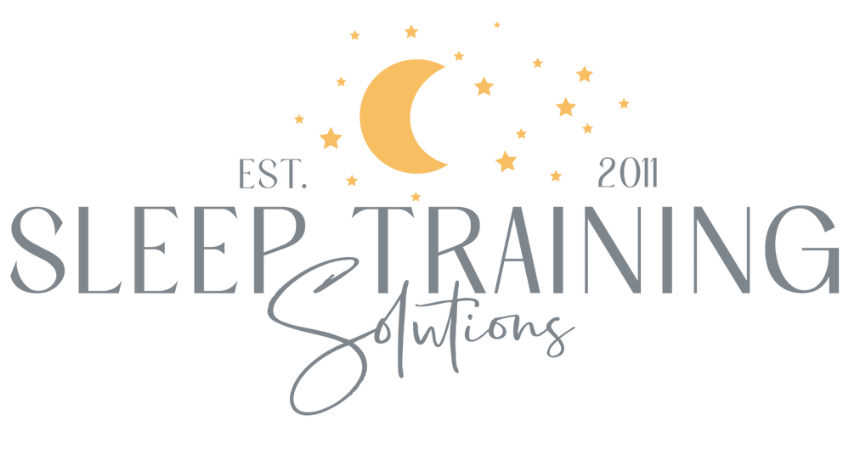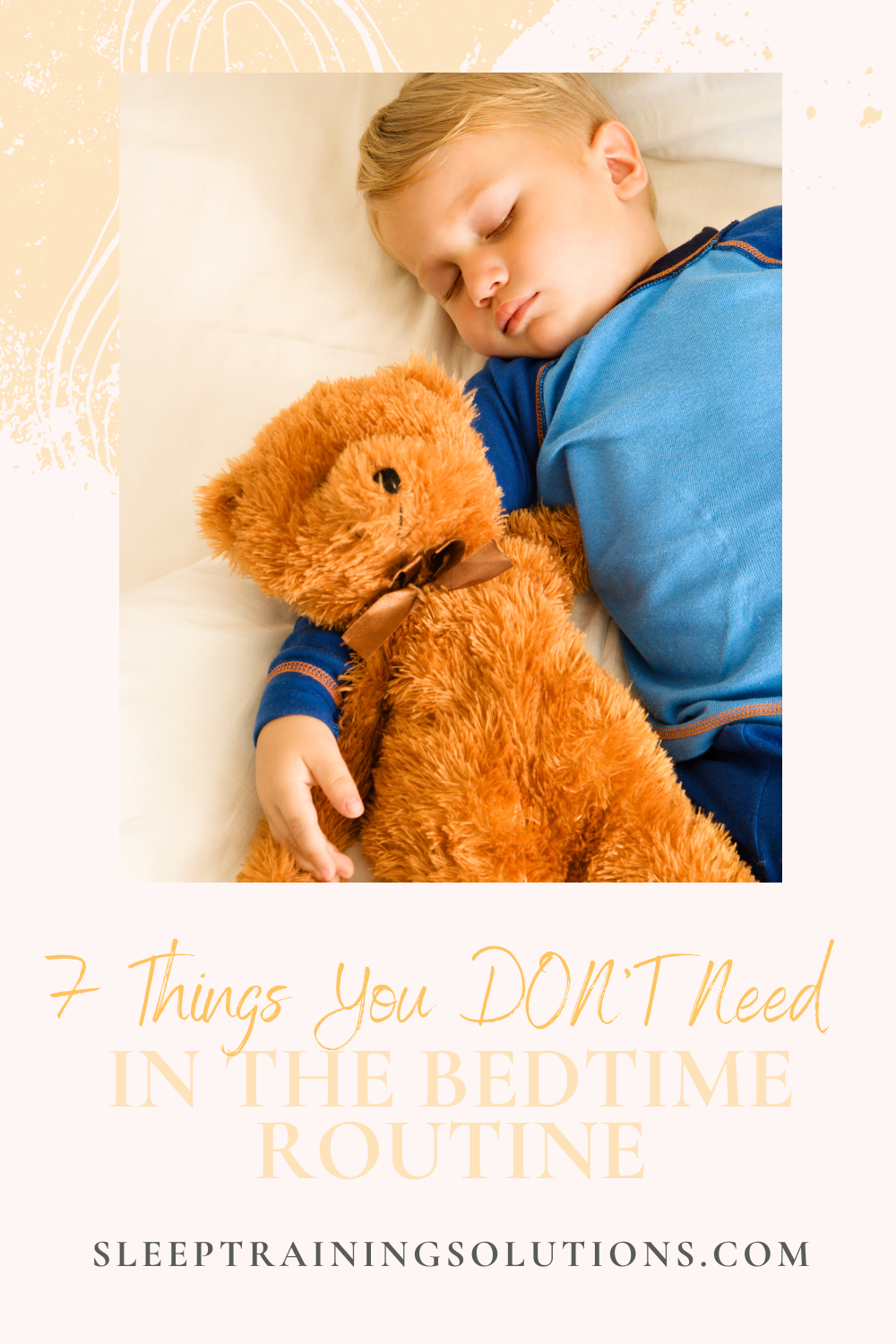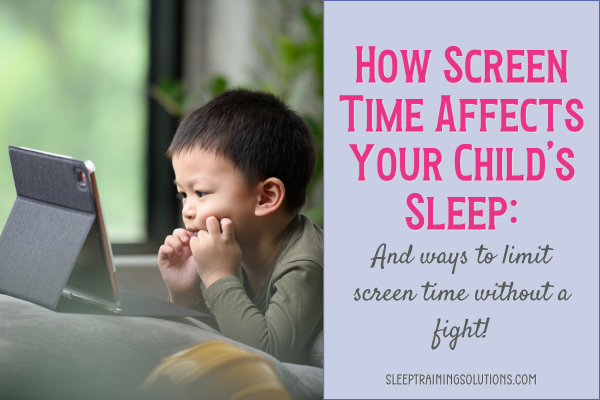7 Things You DON’T Need in Your Toddler or Preschooler’s Bedtime Routine
When babies aren’t sleeping well, getting rid of sleep props, getting them on the right schedule and making sure they’re getting enough feeds is the foundation to getting everyone a good night’s sleep.
With toddlers and preschoolers who haven’t yet learned strong, independent sleep skills, it’s a bit more involved. They’re pretty clever and are beginning to push your buttons to get what they want!
Add to that that they can be masters of the stalling technique (one more hug, one more drink, a different stuffed animal, one more trip to the potty again….) and getting them to bed can turn into a two hour experience!
In that situation, the best thing you can do is have a relaxing and consistent bedtime routine and set clear expectations.
When I look at the preliminary questionnaire that I have families fill out before we start working together, I specifically ask what’s happening right before bed because there are often at least a couple of red flags. Here are 7 of them:
TV before bed
Watching tv, playing video games or on the ipad are all activities that stimulate the brain. Plus research has shown that light from the screen delays the necessary drop in core body temperature and melatonin production, which can delay sleep onset by about 2 hours! It’s best to do them before dinner, not after.
Bedtime Snack
I’ll speak generally here: most right-before-bed snacks that parents give their children aren’t helping the situation. A good bedtime snack would be a carb with a protein, and definitely no sugar. I see parents doling out graham crackers, popsicles, ice cream sandwiches, marshmallows, etc. Not the best choices. Especially if your child is underweight or wakes up early in the morning feeling really hungry, a healthy snack before the bedtime routine can be a good idea, just make sure it’s at the beginning of the routine before bath time, it’s a balanced snack and you make it clear what the snack is so your child doesn’t stall and keep asking for more!
Too many toys in bed
Does your child’s bed looks the the closet from E.T.? If there’s no space for her to lie down or there’s a very elaborate routine of putting her “friends” to bed, limit the number (I recommend two) she can have in her bed.
Potty Breaks
If your child is potty training, you’ll be very aware of his needs when it comes to going potty. But here’s the thing: he knows that too. And he’ll use that to his advantage to stall. I’ve seen kids ask to go to the bathroom 5-10 times right after mom or dad leaves the room. The best thing you can do is to have him go potty before bath AND at the end of the routine – having your child go twice before bed is a technique pediatricians recommend for helping bed wetting, but I’ve found it helps with our little stallers too!
Light show
Have you seen those animals that sit on dressers and project stars on the ceiling? I’m not a fan of incorporating those light shows in the bedtime routine. Bedtime is for going to sleep, not being entertained, so those types of toys are best to use at a different time of day.
Music
If you play a lullaby CD to get your toddler good and sleepy, chances are when he wakes up in the middle of the night out of a sleep cycle, instead of rolling over and going back to sleep, he’ll realize something’s different and the music isn’t playing. Music can also be a sleep prop that kiddos feel they need in order to fall asleep. It’s much better to skip the 20 minute CD and sing a song as part of the bedtime routine…but not to drowsy!
Lying down with a parent
I’m all for cuddle time, but if you lie down with your child before bed, very quickly you’ll find that she needs you to do that EVERY night…and then your five minute snuggle turns into an hour and you’re not allowed to leave until she’s asleep. And then she wakes up in the middle of the night and wants you to lie down with her again. This is one of the more frequent sleep props I see. Trust me. It’s much easier to do your cuddle time before the bedtime routine starts then at the very end!
Related Posts:
This post is for informational purposes only and may not be the best fit for you, your child and/or your personal situation. It shall not be construed as medical advice. The information and education provided here is not intended or implied to supplement or replace professional medical treatment, advice, and/or diagnosis. Always check with your child’s physician or medical professional before trying or implementing any information read here.





